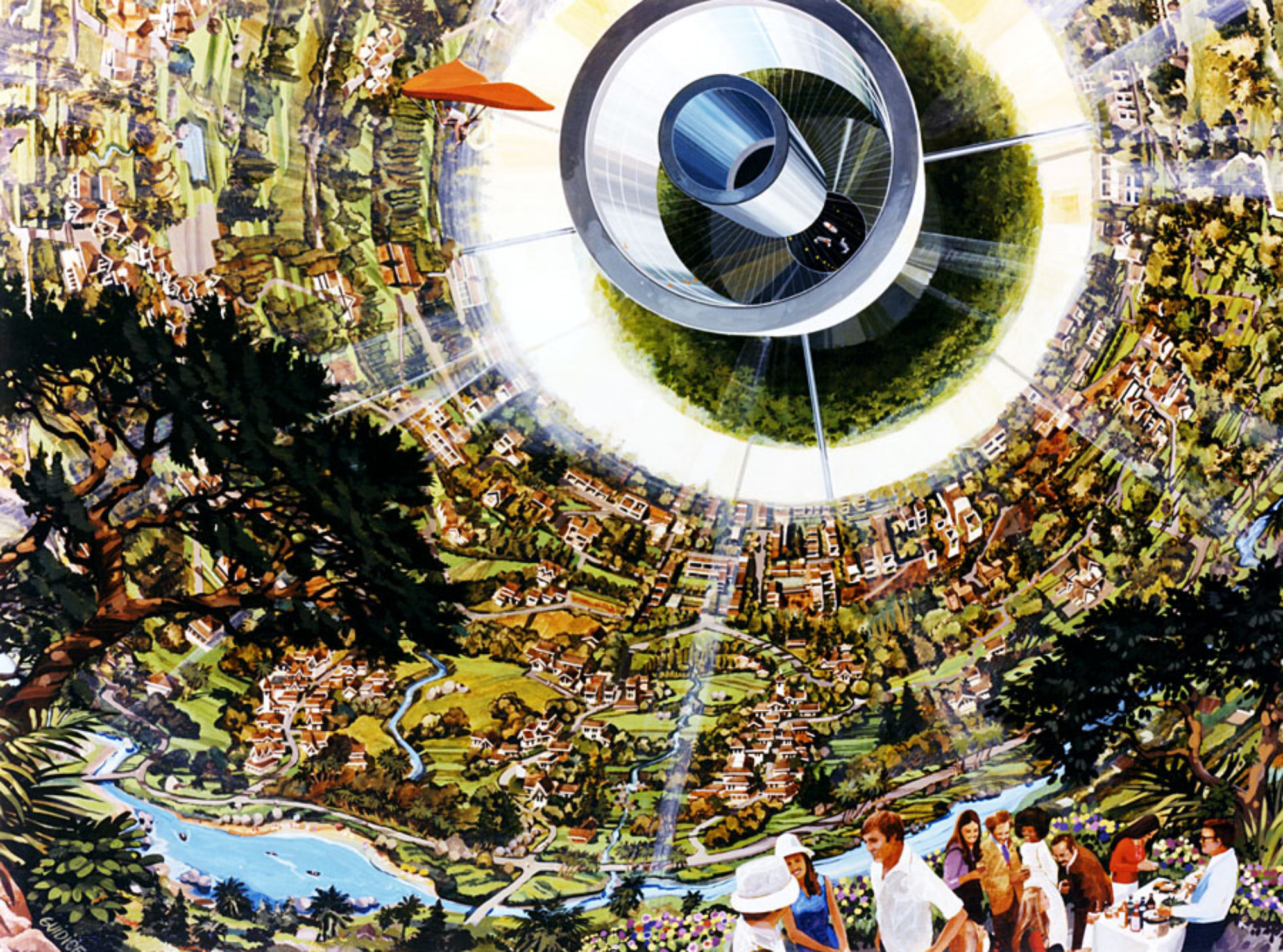
Dr. Thomas Matula, Professor at Sul Ross State University Uvalde, Texas, has developed an economically based strategy for space settlement. His plan addresses the deficiencies in many proposed visions of human expansion beyond earth, namely the missing economic and legal aspects needed for sustainable settlement of the solar system. Matula discussed his approach with David Livingston on The Space Show September 14 and in a paper entitled An Economic Based Strategy for Human Expansion into the Solar System attached to the show blog.
Astrosettlement Development Strategy (ADS) can be boiled down into a four step economically based roadmap for space settlement which could be started with minimal private funding. Each step would achieve economic success before moving on to the next level. The four levels are Earth based research, industrialization of the Moon, developing and settling the solar system and interstellar migration.
In the first step of Earth based research, Matula suggests developing a subscription based online role playing computer game with the purpose of creating a virtual simulation of a space settlement to model the social and economic aspects of communities beyond Earth. SSP has been following similar efforts already underway by Moonwards. Further research in this phase would look into space agriculture to understand the types of plants and dietary needs of space settlers and improving the efficiency of crop growth paving the way for self sustaining habitats. Matula has penned a different paper along these lines called The Role of Space Habitat Research in Providing Solutions to the Multiple Environmental Crises on Earth, also attached to the Space Show Blog, which could have duel use applications in addressing environmental problems on our home planet. There are already efforts underway in this arena with Controlled Environment Agriculture (CEA) utilizing greenhouse automation through the Internet of Things leading to reduction of water needs and an increase in crop yields.
“Developing the technology
to green the Solar System will also green the Earth for future generations”
Next on the roadmap is lunar industrialization. The focus of this step is to use robotics and in situ resource utilization to minimize the mass of materials lifted from Earth and to create lunar manufacturing capability in a cislunar economy that can be leveraged to build space based habitats for expansion into deep space.
Developing the solar system comes next. Once an economic foundation of industrialization of the Moon has been established, large mobile habitats can be built at the Earth-Moon Lagrange points L1 and L2. Called HALE, for Habitat Autonomous Locomotive Expandable, these are 1km wide self sustaining habitats with 1G artificial gravity capable of low energy transit throughout the solar system including out to the Kuiper Belt, where they can use the resources there to add to their size or build copies of themselves.
The final phase combines mobile free space settlement with advanced propulsion to develop the capability of expansion into the Oort cloud and on to the stars.
“…propulsion technology could advance to a point that would allow mobile space habitats designed for the Oort Cloud to be transformed into the first generational starships.”
